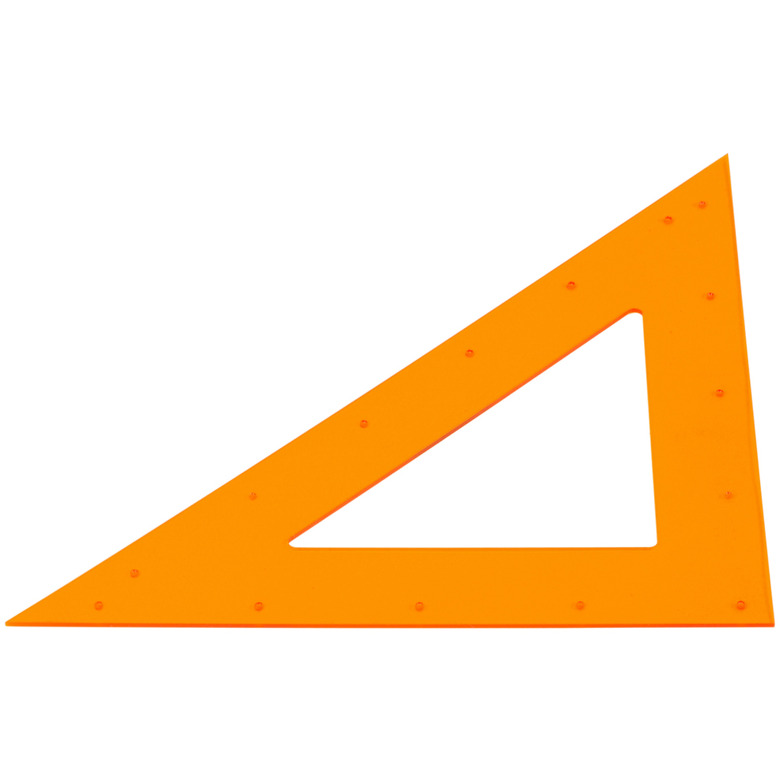How To Find An Angle Using Sine, Tangent And Cosine
The sine, cosine and tangent functions must often be used to solve angle problems on algebra, geometry and trigonometry tests. Typically, one is given the length of two sides of a right triangle and asked to find the measure of one or all the angles in the triangle. Calculating the angle requires that you use either the inverse sine, inverse cosine or inverse tangent function on a calculator. Selecting the right function will depend on which sides have their length specified and which angle in the triangle you must find.
Step 1
Locate the longest side of the triangle. Label this side as the "hypotenuse."
Step 2
Locate the vertex of the angle that you must find. Label this vertex "A."
Step 3
Label the side of the triangle that has the vertex of the angle, "A," as one of its endpoints, but is not the hypotenuse, as the "adjacent" side.
Step 4
Label the side of the triangle that is not labeled as the "opposite" side.
Step 5
Write down the name of the two sides that have their length specified in the problem. Choose from either hypotenuse, opposite or adjacent.
Step 6
Divide the length of the opposite side by the length of hypotenuse if the length of the opposite side and the hypotenuse is given. Enter this number into your calculator and press the inverse sine (also known as arcsin) function on your calculator to display the value of the angle.
Step 7
Divide the length of the adjacent side by the length of hypotenuse if the length of the adjacent side and the hypotenuse is given. Enter this number into your calculator and press the inverse cosine (also known as arccos) function on your calculator to display the value of the angle.
Step 8
Divide the length of the opposite side by the length of adjacent side if the length of the adjacent and opposite side is given. Enter this number into your calculator and press the inverse tangent (also known as arctan) function on your calculator to display the value of the angle.
Cite This Article
MLA
Stansberry, Mark. "How To Find An Angle Using Sine, Tangent And Cosine" sciencing.com, https://www.sciencing.com/angle-using-sine-tangent-cosine-10017390/. 24 April 2017.
APA
Stansberry, Mark. (2017, April 24). How To Find An Angle Using Sine, Tangent And Cosine. sciencing.com. Retrieved from https://www.sciencing.com/angle-using-sine-tangent-cosine-10017390/
Chicago
Stansberry, Mark. How To Find An Angle Using Sine, Tangent And Cosine last modified March 24, 2022. https://www.sciencing.com/angle-using-sine-tangent-cosine-10017390/
